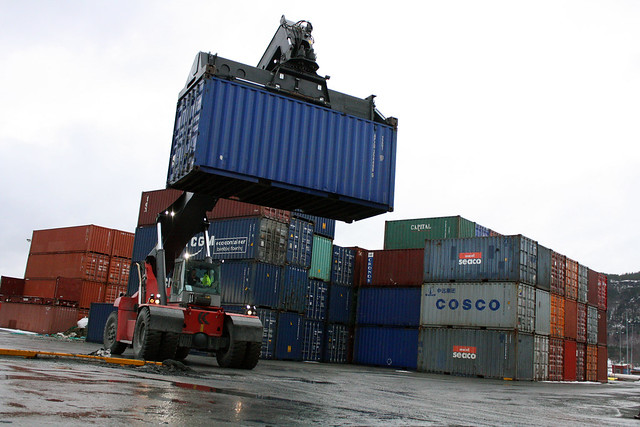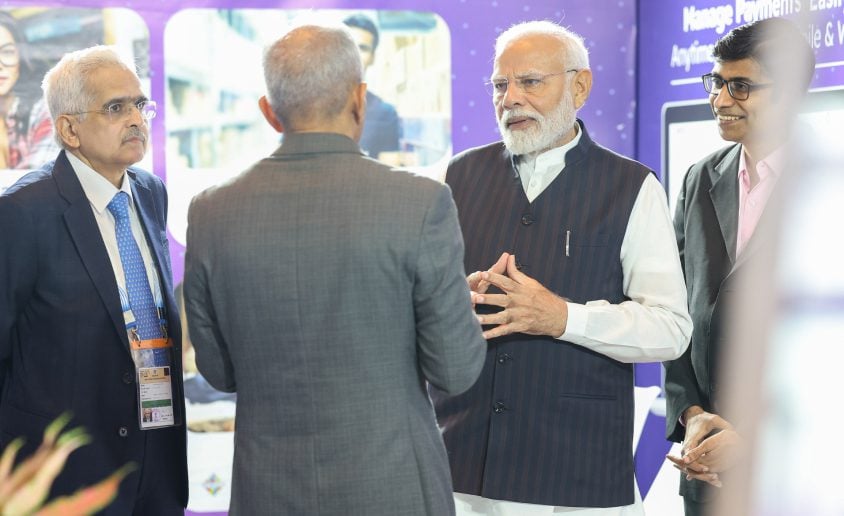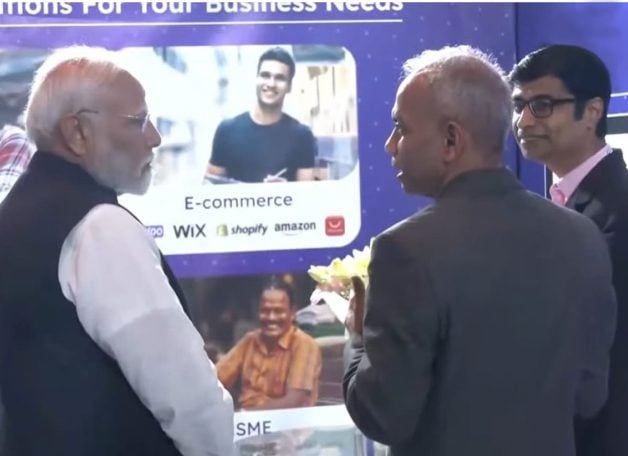Getting ready to ship your products across the big ocean? You’ll soon find yourself face-to-face with two major players in the container shipping industry: FCL and LCL. These are not just abbreviations; they are the two primary methods your freight moves in a shipping container. Both have their pros and cons. Knowing these differences is important for your business in order to select the best and most cost-effective shipping option. Let’s get into it and cover FCL and LCL, including their differences and even how you can mix them!
What is FCL and LCL Anyway?
Picture your goods preparing for a sea journey. How do they get transported within that large metal container?
FCL stands for Full Container Load. Here’s how it works: you’re renting the whole container exclusively for your freight. There are no other goods in this space. If your shipment isn’t full enough to fill the container, it’s still sealed for you until it arrives. The title is misleading; “Full” in this case actually means the container is reserved for one sender and is shipped sealed.
LCL stands for Less Than Container Load. In this, your shipment is consolidated with shipments of other senders inside a container. The shipping company picks products from multiple businesses in the supply chain. They consolidate these different shipments into one container. They then send the container to the destination, where they break up the goods again to ship them to different locations. LCL containers consolidate cargo from various senders and send it to multiple destinations.
FCL vs LCL: Identifying the Key Points and Making Your Decision
There are four essential points that companies should take into consideration when deciding whether to ship using FCL or LCL for their foreign service. Let’s examine them in detail.
Volume of Your Shipment
The volume that your products occupy, typically expressed in cubic meters (CBM), is a significant factor in your decision.
- LCL shipments are a good option for smaller quantities, usually between 2 to 13 CBM. You can even send quantities less than 2 CBM via LCL in specific situations.
- FCL shipments are typically the wiser option when your freight loads over 13 CBM. Booking a full container is usually more cost-effective at this stage.
Safety of Your Cargo: Keeping Your Goods Secure
How secure your items are throughout their transit is yet another crucial aspect.
- An FCL shipment typically provides greater security. Because only your shipment fills the container, it does not come into contact with items of other shippers. This eliminates contamination and possible damage.
- An LCL shipment has more handling since workers are loading and unloading products from several senders in and out of the container. Nevertheless, for small LCL loads, goods can be well-protected by tightly packing them.
Shipping Costs: What Will You Pay?
Cost is always a key component of the shipping puzzle.
- Typically, LCL solutions are cheaper when you ship smaller volumes (2-13 CBM). You simply pay for the space your shipment occupies in the container.
- For higher volumes (more than 13 CBM), FCL deliveries tend to be less expensive in total. But that’s not always the case for all shipping routes. Occasionally, even for volumes just under 13 CBM, selecting FCL could be cheaper. Additionally, bear in mind that FCL delivery rates will vary more frequently than LCL rates, which tend to remain constant.
Urgency of Your Shipment: How Fast Do You Need It?
Think about how fast your products need to reach their destination.
- For time-sensitive shipments or ones with a tight deadline, an FCL shipment is certainly the way to go. Because the container typically proceeds directly to the destination, it moves more quickly.
- The LCL solution is ideal for shipments in which the date of delivery can be flexible. LCL shipments tend to take longer because they go through numerous handling processes every time they are received at a new warehouse or port. Employees have to reload and unload the goods multiple times along the route.
Beyond the Basics: FCL, LCL
The words FCL and LCL do not only mean how full the container is. They also indicate how the cargo is treated when the shipper hands it over to the shipping company and how the company hands it over to the receiver. Shipping documents document these specifics. Depending on whether or not the cargo is in a container at the beginning and at the destination, we have four different combinations:
LCL/LCL:
- At Origin: The sender delivers the cargo to the carrier not in a container (non-containerized).
- During Transit: The carrier loads the cargo of many senders into a single container. They unload the cargo addressed to many recipients from the container.
- At Destination: The carrier delivers the cargo to the recipients not in a container.
LCL/FCL:
- At Origin: The sender delivers the cargo to the carrier not in a container.
- During Transit: The carrier loads a full container with cargo from various senders.
- At Destination: The carrier delivers the full container to a single receiver. Companies use this most often when one buyer is getting goods from many different suppliers in the same nation.
FCL/FCL:
- At Origin: The only sender delivers the cargo to the carrier already loaded in a full container (containerized).
- During Transit: The carrier moves the sealed container directly.
- At Destination: The full container is delivered to the sole recipient by the carrier. It is the most used and straightforward mode of shipping full containers.
FCL/LCL:
- At Origin: The cargo is already loaded in a full container and handed over by the sender to the carrier.
- During Transit: The carrier discharges the cargo from the container.
- At Destination: The carrier takes the cargo to several recipients that are not in a container. Companies usually opt for this if one seller ships products to a number of other distinct customers within the same country.
Making Your Decision: FCL or LCL?
Short answer: no shipping method fits all. FCL and LCL each have their own advantages and disadvantages. The FCL method streamlines the shipping process, has less handling, and typically offers quicker transit and improved protection of goods since the container is sealed and travels for one sender. It tends to be more expensive, though, for lower volumes of cargo. The LCL method is ideal to ship smaller volumes of goods, though shipment times may be longer with the required procedure of grouping and ungrouping cargo from various senders.
To determine what is best for your own circumstances, think very carefully about your shipment size, how soon you want it to arrive, how sensitive or delicate your freight is, and balance the overall costs. This means examining all charges at both points of origin and destination. Seeking guidance from seasoned shipping experts can also provide you with relevant insights based on your own business requirements.
Handling the Payment Side: Enter BRISKPE
Once you’ve mastered the shipping method that works best for your cargo, ensuring a smooth and efficient process is key to successful international trade. Complement your logistics strategy with a reliable way to handle the payment side of your global transactions. BRISKPE offers a simple and fast platform for receiving international payments, helping you complete the trade cycle efficiently. Explore how BRISKPE.com can streamline your international finances today.







